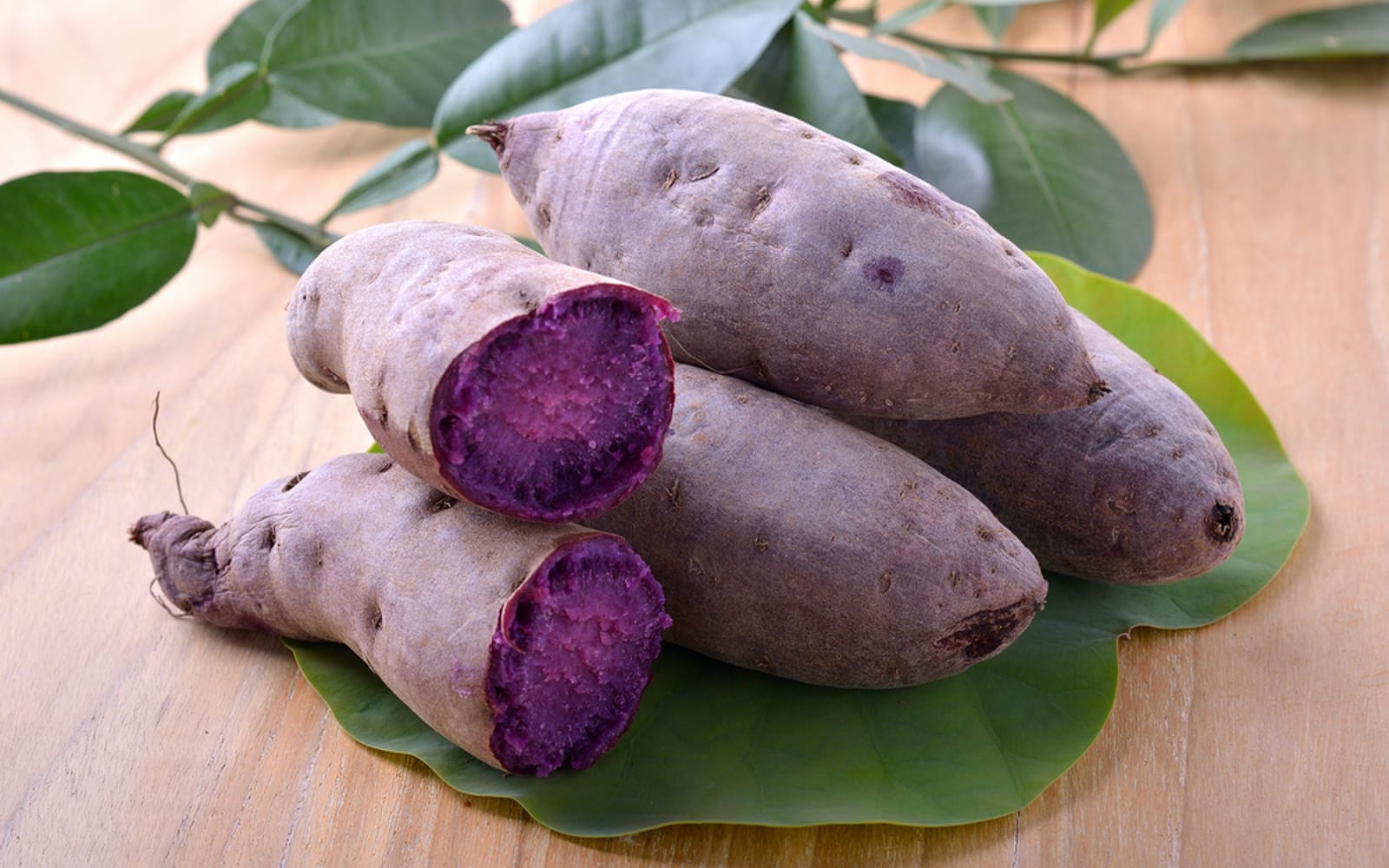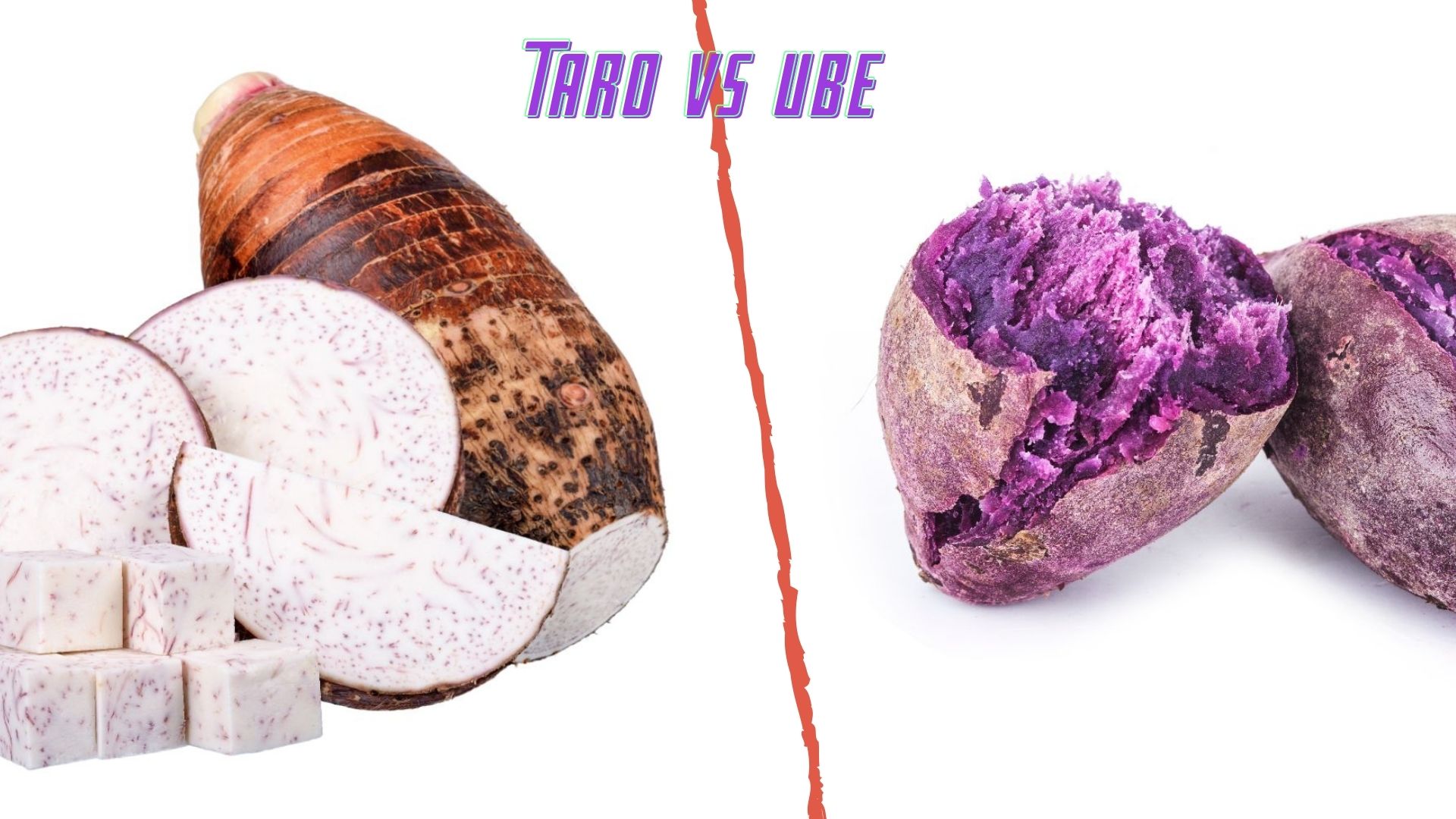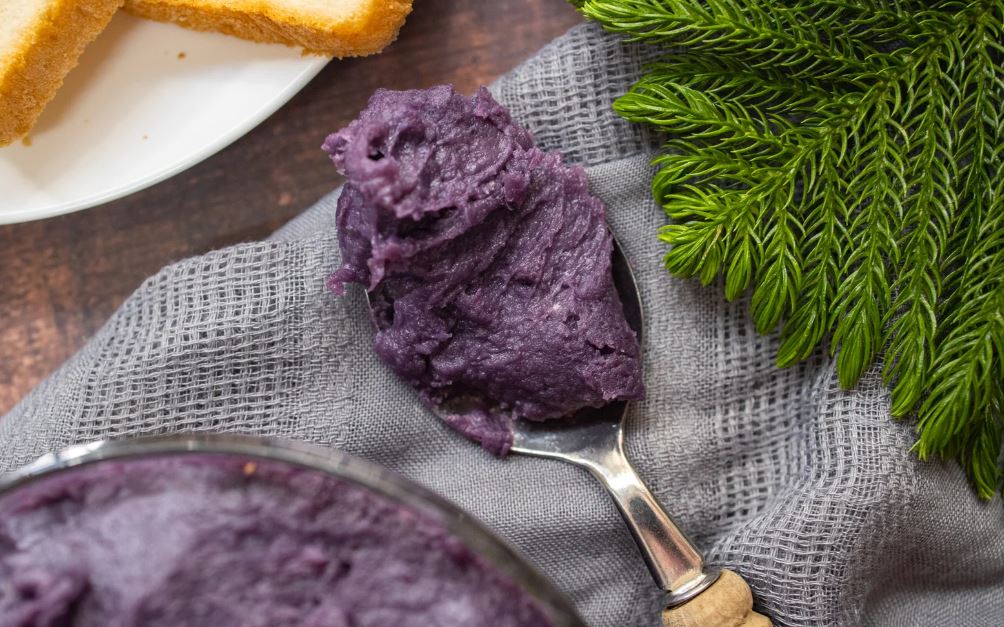Ube Pronunciation: Mastering the Art of Pronouncing this Indigenous Filipino Ingredient
Pertinent list: Ube pronunciation, trendy food, ooh-beh, oo-bae, purple yam, Asian cooking, Philippines, boiled, mashed, condensed milk, pudding, ube halaya, ice cream, donuts.
Continue Reading

